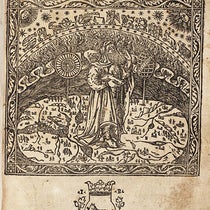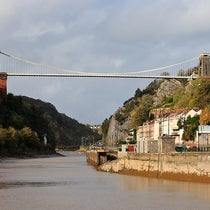Scientist of the Day - Adélie Dumont d’Urville
Adèle Dumont d'Urville, the daughter of a French watchmaker named Pépin, died May 8, 1842, in a dramatic demise detailed below. We try never to define a woman by her husband, but in the absence of other information, Adèle (also known as Adélie) is best known as the wife of French explorer Jules Dumont d'Urville, who commanded two ships that circumnavigated the world in 1837-40, and who visually discovered one section of the coast of Antarctica. We had an entry on Jules’ voyage in our exhibition, Ice: A Victorian Romance. Adèle was born, perhaps in Toulon, sometime in 1798, and she and Jules were married in 1815, when she was 16 or 17. They had at least two children, some say four, although only two have burial records.
But despite being known in her day as the wife of a famous man, Adèle is in truth better known in our day than her husband, although that was really Jules' doing. When, in 1840, the Astrolabe and Zélée bobbed in the stormy seas off the coast of Antarctica, Jules named the coastline Terre Adélie, Adélie's Land. The crew sighted a new species of penguin, and it was later named (not by Jules), the Adélie penguin, after Adélie Land, where they were first found.
Jules gave Adélie Land official sanction on one of the maps he prepared for the Narrative of his voyage; we show the entire map, and a detail where the label Terre Adélie is visible (second and third images).
Many of the plates of the Atlas pittoresque that Jules published show penguins on ice floes (fourth image); we are probably justified in assuming that some of these are Adélies. In case they are not, we show a recent photo of some Adélie penguins perched on a berg (fifth image).
As it turned out, Adélie Land and the Adélie penguin are the two best known elements of the voyages of the Astrolabe and Zélée, and both are named after Adèle, not Jules. France has a claim on a thin pie-wedge territorial slice of Antarctica, and it is still called Adélie Land. It is the red sliver on this modern map of Antarctica (sixth image).
Unfortunately, Adèle's other claim to fame came from the dramatic manner of her death. She and Jules and their oldest son were returning from Versailles by train on this date in 1842, when the engine broke an axle near Meudon and derailed. The front passenger cars ploughed into the engine and tender and caught fire. The Dumont d'Urville family, and many others, burned to death in the worst railway accident since public railroads were invented 12 years earlier. One would assume that Adèle was buried with Jules at his grave in Montparnasse Cemetery in Paris. But Find-a-Grave makes no mention of Adèle in its description of the gravesite. Perhaps she is buried with the Pépin family in Toulon.
In 1981, the French overseas territory, Terres Australes et Antarctiques Françaises (TAAF; French Southern and Antarctic Lands) issued a postage stamp honoring Adèle (first image). It is a handsome thing, but if it was based on a real portrait, I was unable to locate it.
William B. Ashworth, Jr., Consultant for the History of Science, Linda Hall Library and Associate Professor emeritus, Department of History, University of Missouri-Kansas City. Comments or corrections are welcome; please direct to ashworthw@umkc.edu.

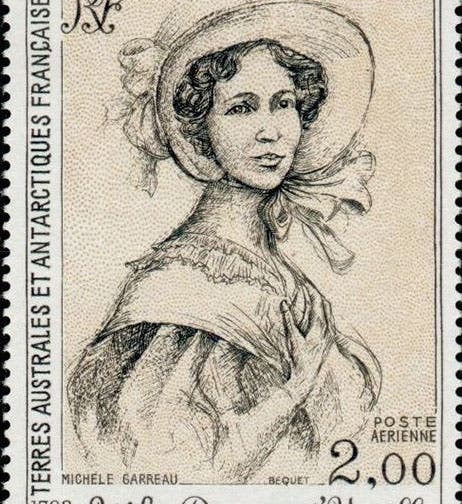
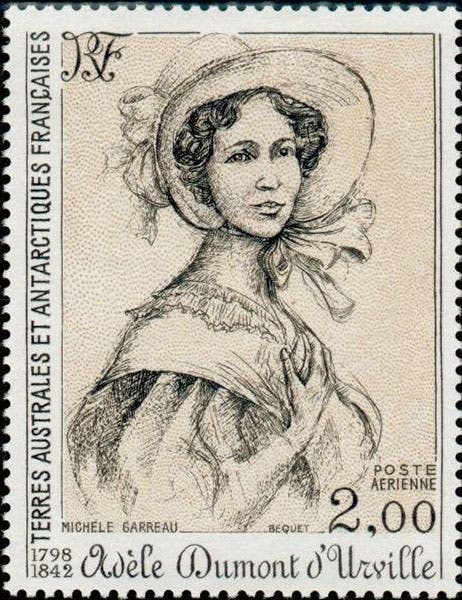
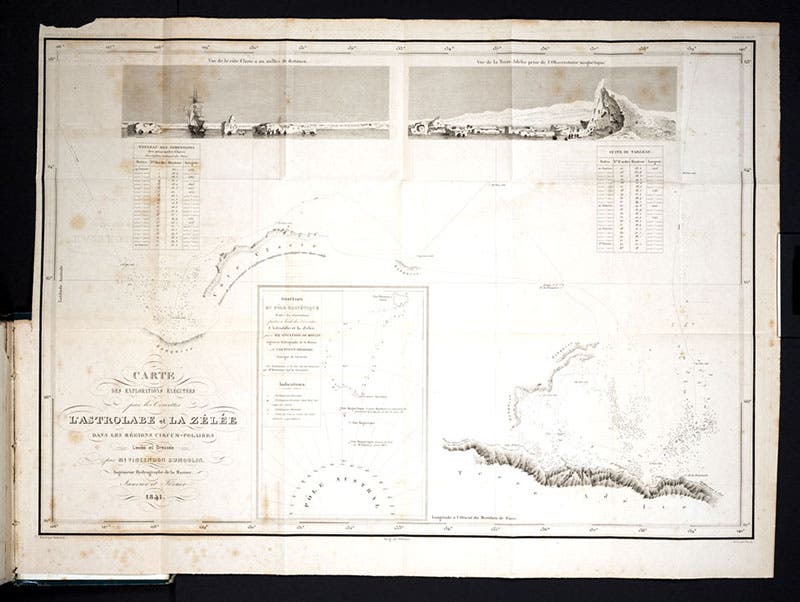
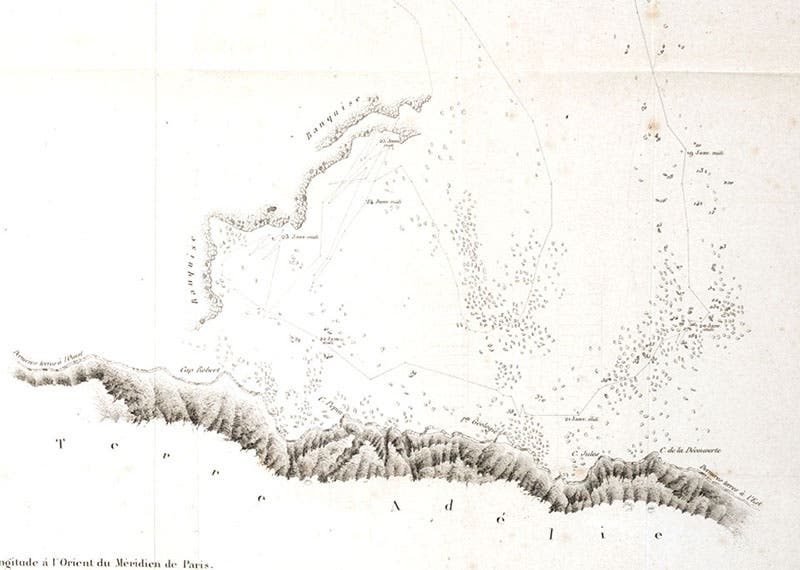
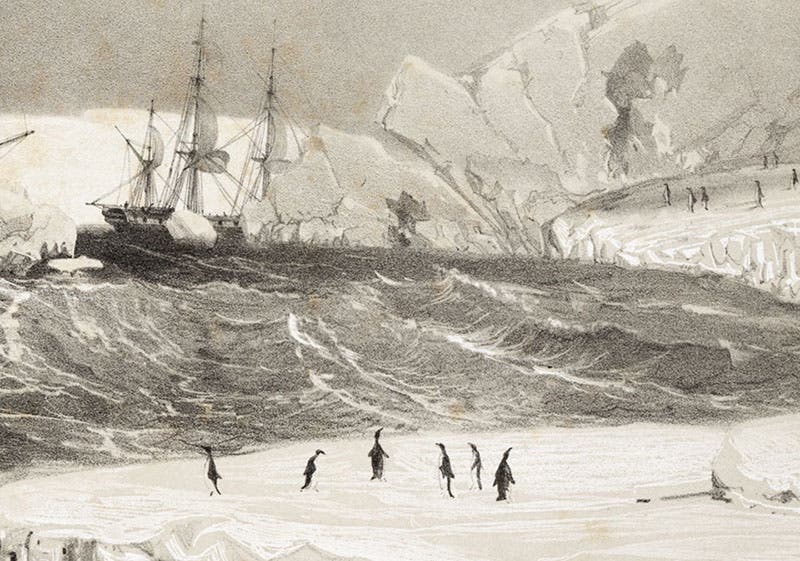
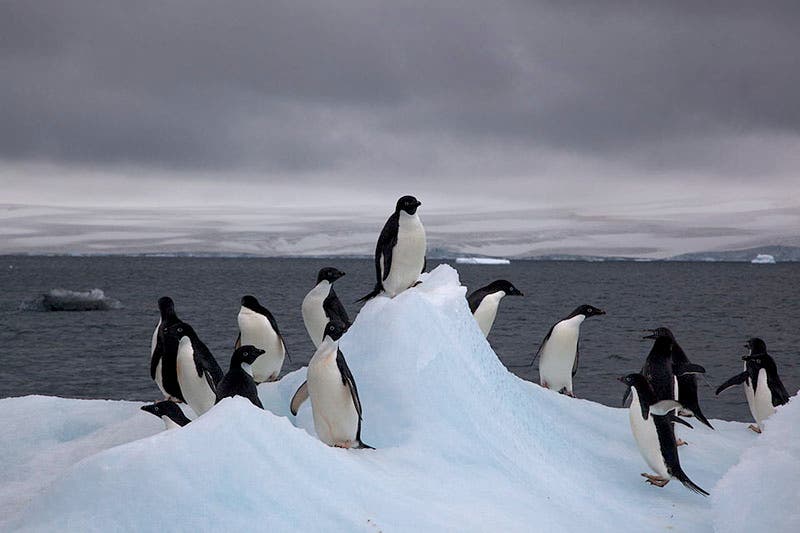
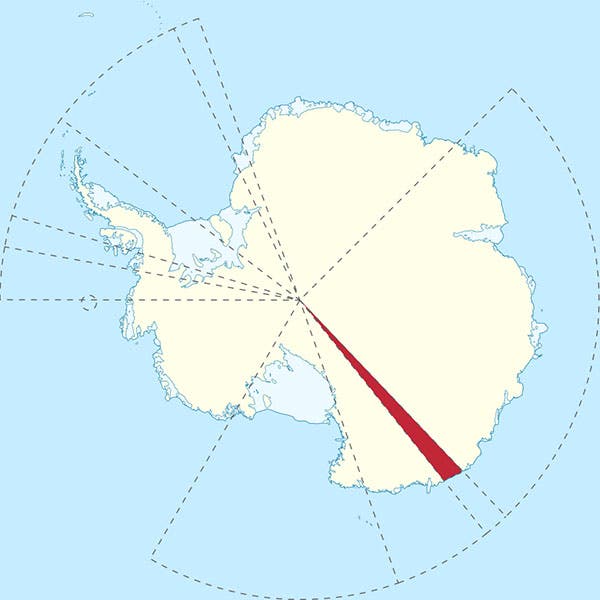
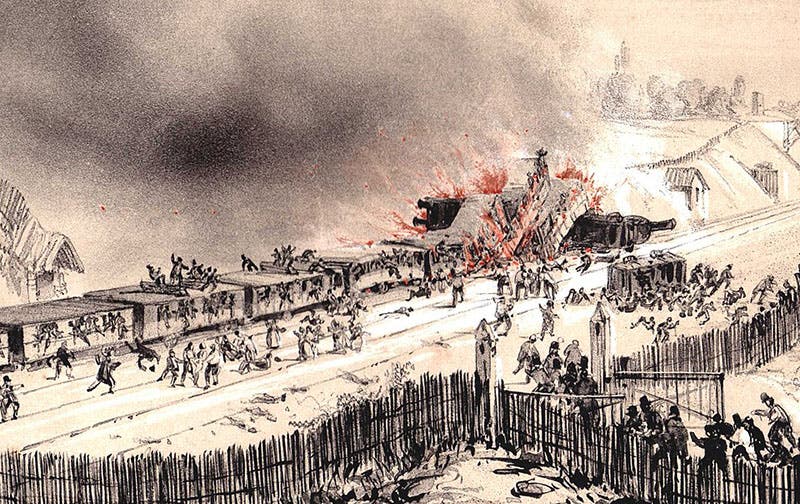
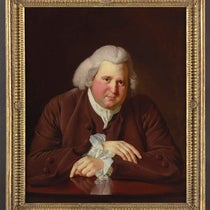
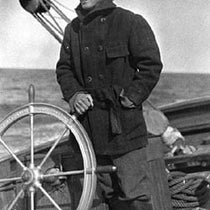
![Using an astrolabe to measure the depth of a well, woodcut in Elucidatio fabricae vsusq[ue] astrolabii, by Johannes Stöffler, 1513 (Linda Hall Library)](https://assets-us-01.kc-usercontent.com:443/9dd25524-761a-000d-d79f-86a5086d4774/a998eb50-55d2-4a88-ace2-a50aa5fa86e7/Stoffler%201.jpg?w=210&h=210&auto=format&fit=crop)
